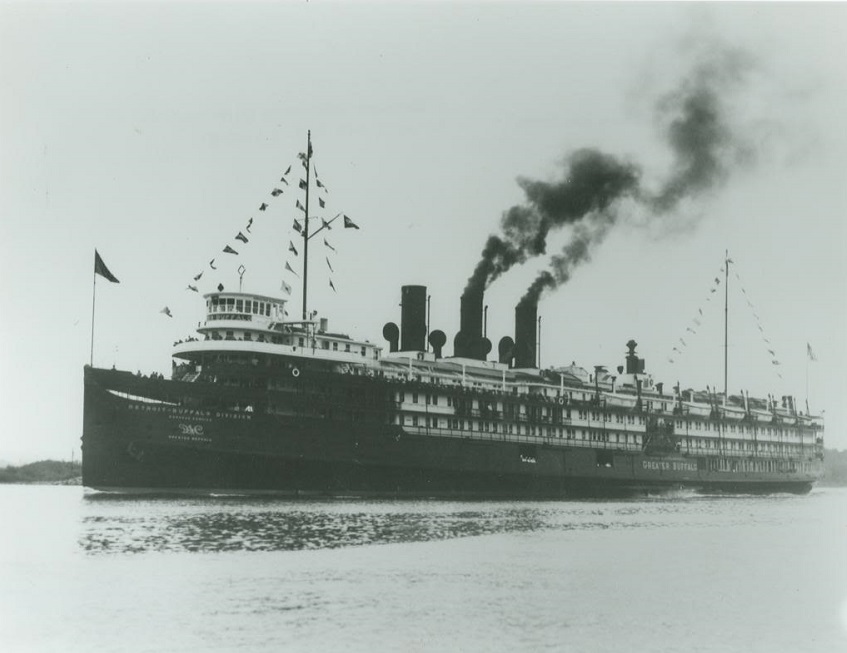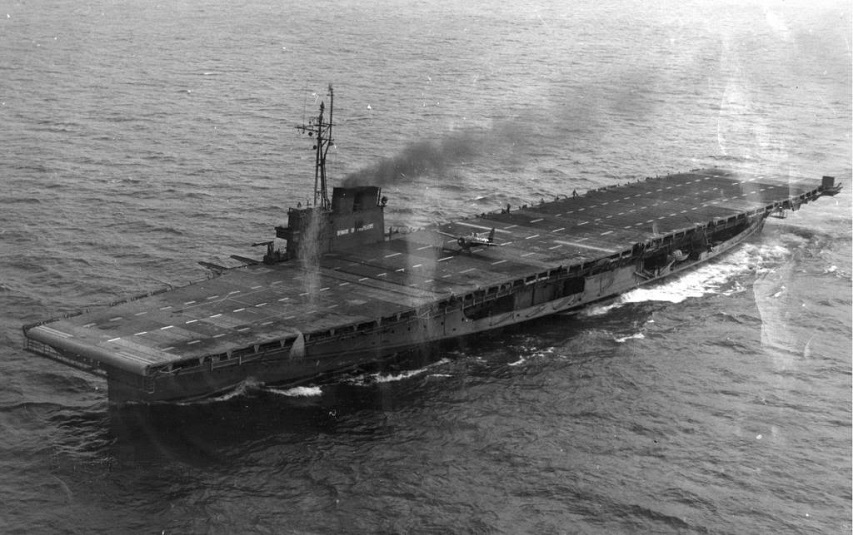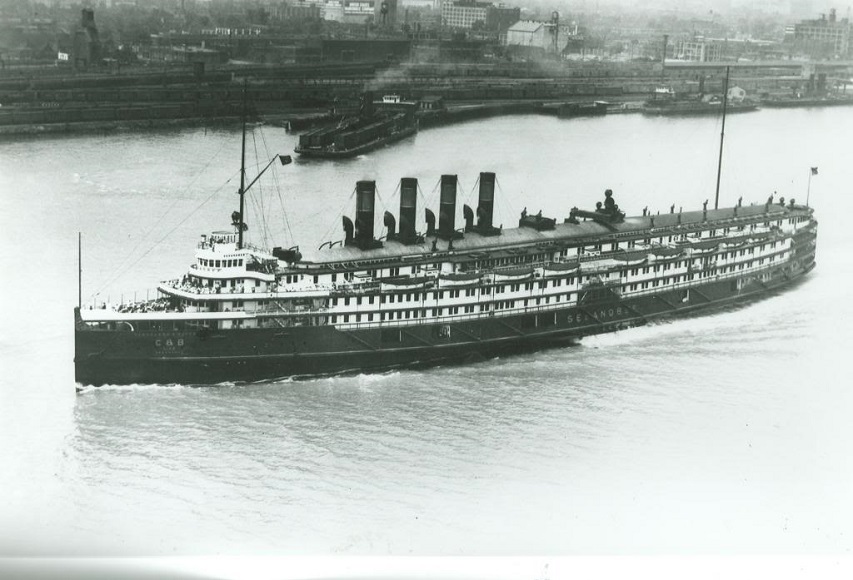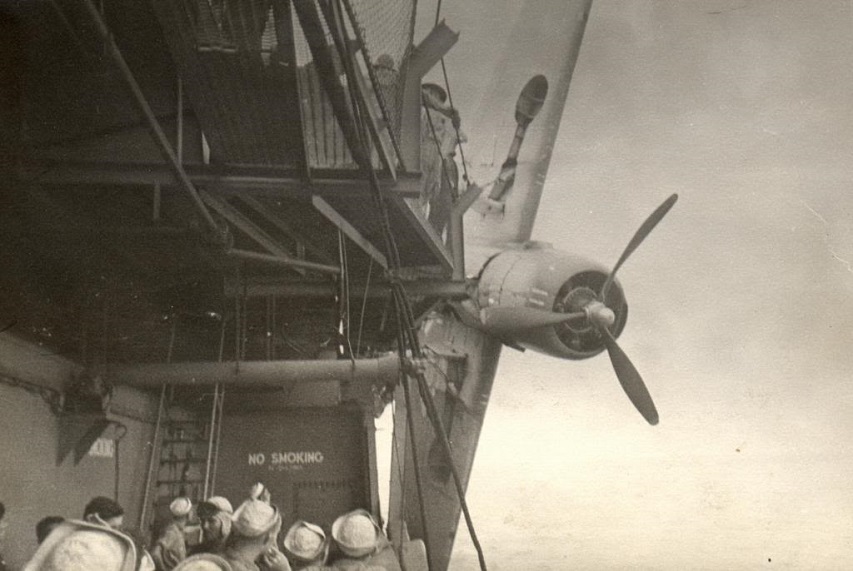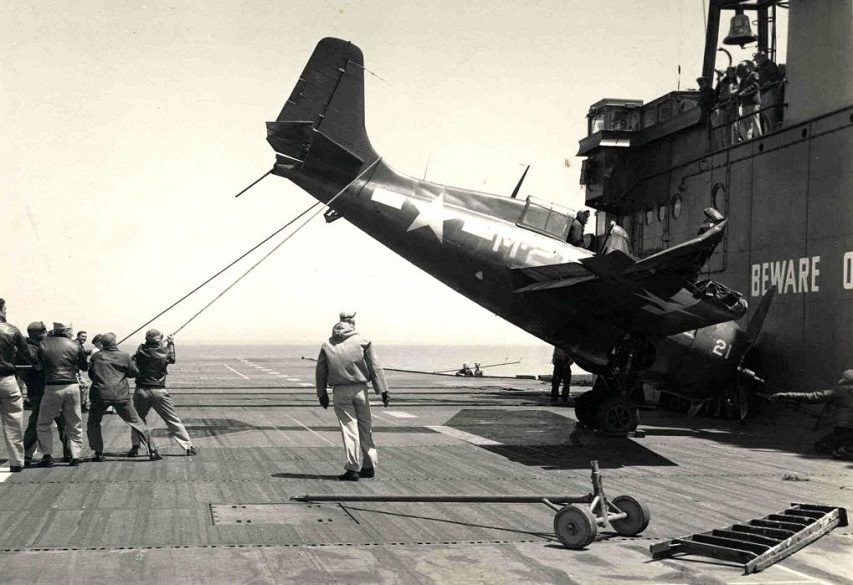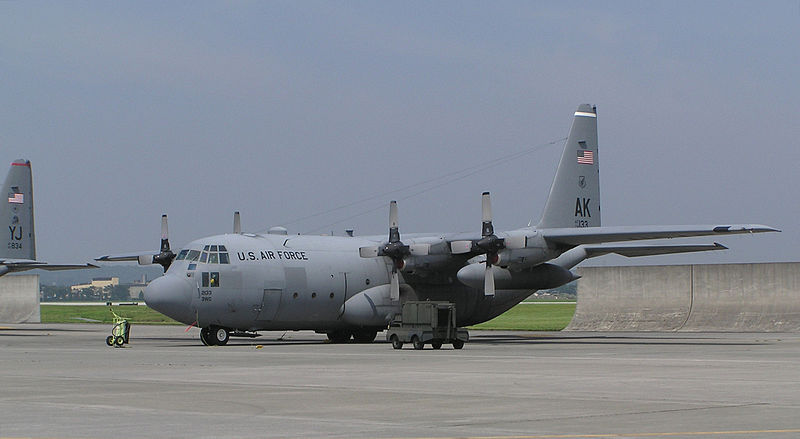I’d never heard of the US Navy’s carrier training ships that operated on Lake Michigan from 1942-45, so this link to a thread at Warbird Information Exchange from Roger Henry was of great interest:
This thread may give you a nice idea of what that exercise was all about. Many interesting images to study here and quite possibly of interest to those who are involved with the restoration of aircraft that have been recovered from the Lakes. I have also included a page from my dad’s logbook showing his 1st thru 8th carrier landings on the USS Wolverine in July 1944. Sources are the NMNA archives, Library of Congress photo archives, LIFE image archives.
This will be a large photo thread in a few parts so we’ll start with the two principal ships.
WIKI: USS Sable (IX-81) was a training ship of the United States Navy during World War II. Originally built as the Greater Buffalo, a sidewheel excursion steamer, she was converted in 1942 to a freshwater aircraft carrier to be used on the Great Lakes. She was used for advanced training for naval aviators in carrier takeoffs and landings. One aviator that trained upon the Sable was future president George H. W. Bush. Following World War II, Sable was decommissioned on 7 November 1945. She was sold for scrapping on 7 July 1948 to the H.H. Buncher Company.
I was initially surprised that both training carriers were converted side-paddle steamers … I’d have thought the extra costs in converting to propeller drive would make them less-than ideal conversion subjects — you can clearly see in the second image that they left the side-paddles in place, so the main cost of conversion was the construction of the flight deck and repositioning the smokestacks to the starboard side (no hangar deck, elevators, or catapults in evidence):
WIKI: USS Wolverine (IX-64) a side-wheel excursion steamer built in 1913—was originally named Seeandbee, a name based upon her owners’ company name, the Cleveland and Buffalo Transit Co.[4] She was constructed by the American Ship Building Company of Wyandotte, Michigan. The Navy acquired the sidewheeler on 12 March 1942 and designated her an unclassified miscellaneous auxiliary, IX-64. She was purchased by the Navy in March 1942 and conversion to a training aircraft carrier began on 6 May 1942.[5] The name Wolverine was approved on 2 August 1942 with the ship being commissioned on 12 August 1942.[5][6] Intended to operate on Lake Michigan, IX-64 received its name because the state of Michigan is known as the Wolverine State.
And given that almost all the pilots were still learning their trade — these were training ships, after all — there were more than a few mishaps:

